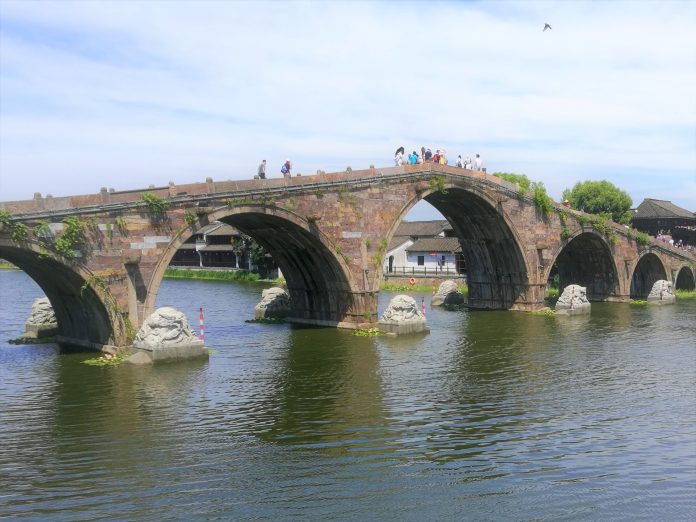Hi there! Add here – the guy who floods his posts with photos. This week’s post would be all about ancient water towns – a key highlight of the Jiangnan region. I visited 3 water towns: Tangxi (塘栖), Nanxun (南浔) and Xitang(西塘) over the course of the week; Tangxi during my theme field trip (In case you are wondering why Add is so free, can spend so much time on sightseeing. He’s not – it’s just that sightseeing is also part of his work) and the other 2 on my own. Although similar in appearances, each ancient water town had its own unique appeal.
The boat rides along the waterway is something not to be missed when visiting a water town as they offer a perspective of the town, different from that of the banks. Things to look out for when visiting a water town include its arched bridges, canals and old buildings along the 2 sides of the waterway. For the most memorable experience, one should visit a water town when it is misting or what the Chinese call 烟雨. That is when the scenery is the most beautiful, like a painting.
Tangxi Ancient Water Town
Being the smallest of the three water towns (it only has one main street), Tangxi Ancient Water Town is the quietest and the least commercialised. Tangxi Ancient Water Town is renowned for its Guangji Bridge – the only 7-arch stone bridge on the Grand Canal.
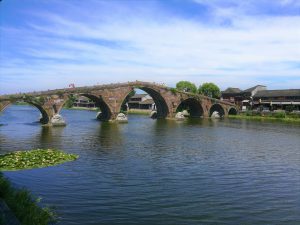
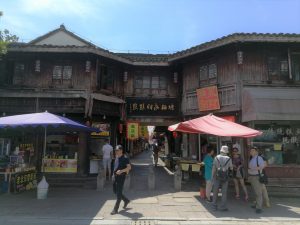
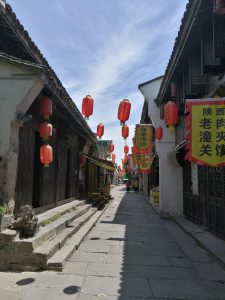
Nanxun Ancient Water Town
What distinguishes Nanxun Ancient Water Town from other water towns is its architecture – an intriguing blend of both Chinese and European styles. From the exterior, the buildings look like any other traditional Chinese building but when one takes a peek inside, elements of European architecture such as stained-glass windows, tiled marbled floors and red bricks could be seen.
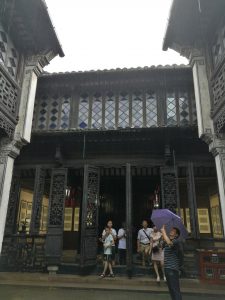
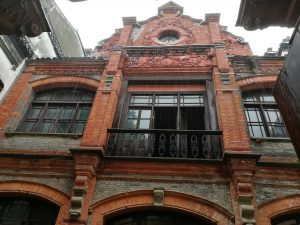
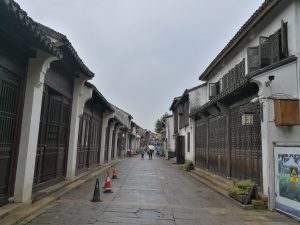
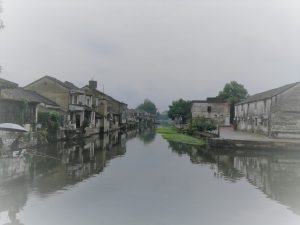
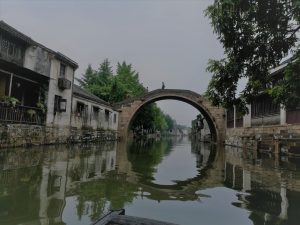
Xitang Ancient Water Town
The presence of sheltered walkways sets Xitang Ancient Water Town apart from other water towns. Aside from its sheltered walkways, Xitang is also well-known for its vibrant nightlife in the form of its bar street.
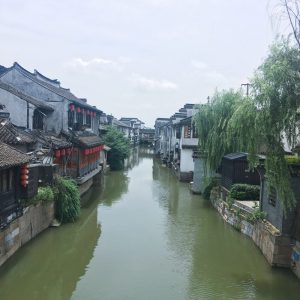
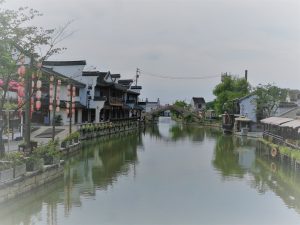
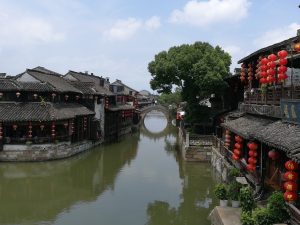
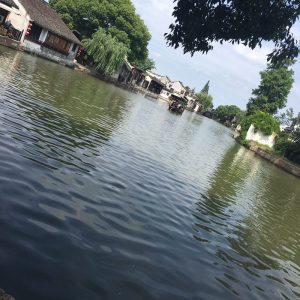
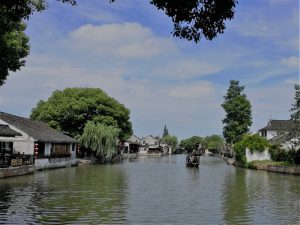

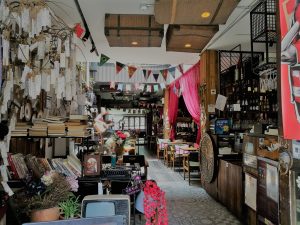
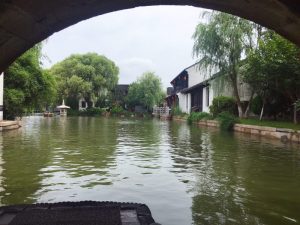

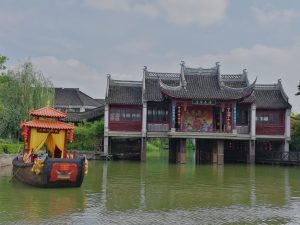
Got to go now! Have to wake up early for tomorrow’s trip to Qiandao Lake.
P.S. In the title, 我的 was used as it sounds like water




















